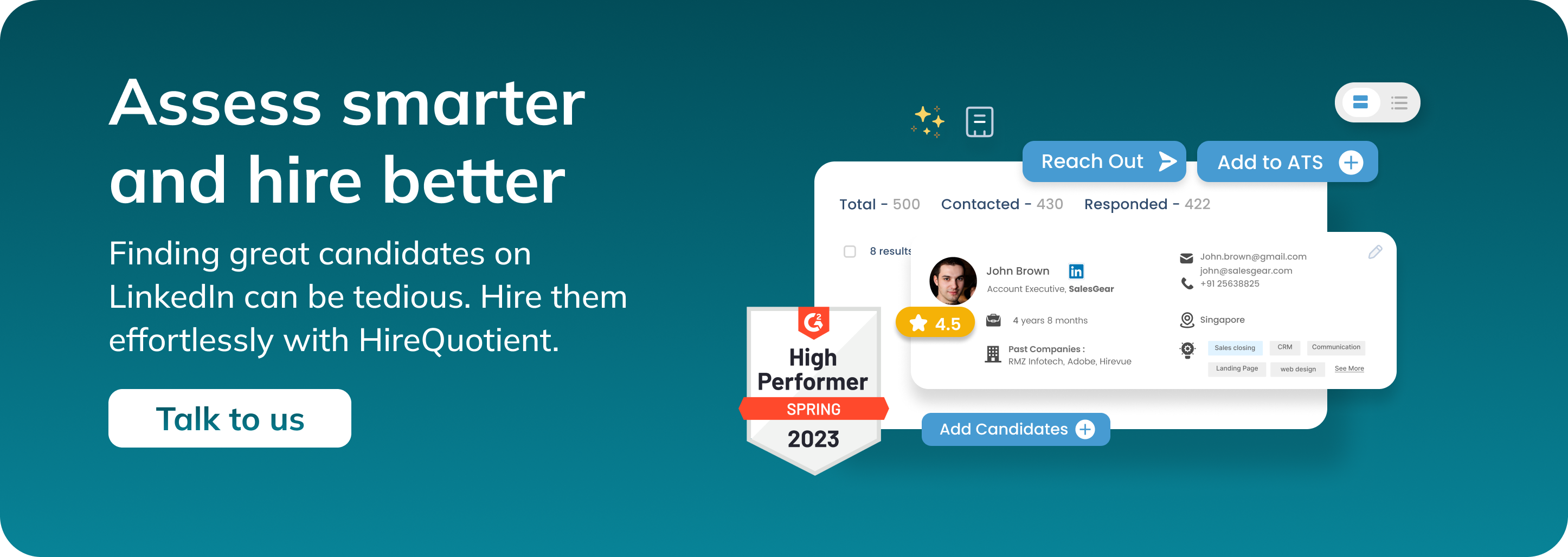The Functions of Human Resource Development
Published on June 5th, 2023
Human Resource Development (HRD) is a critical component of an organization's success, focusing on enhancing the skills, knowledge, and abilities of employees. It encompasses various functions that contribute to employee growth, engagement, and productivity. In this blog, we will delve into the comprehensive functions of HRD and understand their significance in organizational development.
1. Training and Development
One of the primary functions of HRD is to design and implement effective training and development programs. These initiatives aim to equip employees with the necessary knowledge and skills to perform their jobs efficiently. Training programs can cover a wide range of topics, including technical skills, leadership development, customer service, and compliance training. By investing in employee development, organizations foster a culture of continuous learning, leading to improved performance and employee satisfaction.
2. Performance Management
Human Resource Development plays a vital role in establishing performance management systems that align individual and organizational goals. This function involves setting clear performance expectations, conducting regular performance evaluations, and providing constructive feedback. By implementing effective performance management processes, HRD facilitates employee growth, identifies areas for improvement, and recognizes high performers. Additionally, performance management helps organizations make informed decisions about promotions, rewards, and career development opportunities.

3. Talent Acquisition and Recruitment
Attracting and selecting the right talent is a critical function of HRD. HRD professionals collaborate with hiring managers to understand the organization's needs and develop comprehensive recruitment strategies. This includes crafting job descriptions, sourcing candidates, conducting interviews, and evaluating applicants. By ensuring a thorough and efficient recruitment process, HRD helps organizations find the best fit for vacant positions, leading to improved employee retention and overall productivity.
4. Succession Planning
Succession planning involves identifying and developing future leaders within an organization. HRD professionals work closely with management to identify key positions and potential successors. They assess employees' readiness for leadership roles, provide developmental opportunities, and create leadership development programs. Succession planning ensures a smooth transition of leadership, reduces the risk of talent gaps, and contributes to the long-term sustainability of the organization.
5. Employee Engagement and Motivation
HRD plays a crucial role in fostering employee engagement and motivation. This function involves implementing strategies to boost employee morale, satisfaction, and commitment to the organization. HRD professionals facilitate employee feedback mechanisms, organize team-building activities, and promote a positive work culture. By nurturing a supportive and engaging work environment, HRD enhances employee productivity, reduces turnover, and strengthens employee loyalty.
6. Employee Relations
Maintaining healthy employee relations is vital for organizational success. HRD professionals handle various aspects of employee relations, including conflict resolution, grievance management, and fostering positive communication channels. They ensure compliance with labor laws and regulations, promote a fair and inclusive work environment, and address employee concerns effectively. By managing employee relations proactively, HRD minimizes workplace conflicts and promotes a harmonious work environment.
7. Organizational Development
HRD plays a significant role in driving organizational development initiatives. This involves aligning HR strategies with the overall business objectives, analyzing organizational effectiveness, and implementing change management initiatives. HRD professionals collaborate with leadership to identify areas for improvement, develop talent pipelines, and enhance organizational capabilities. By driving organizational development efforts, HRD ensures the organization remains competitive, adaptable, and resilient in a dynamic business environment.

Why HireQuotient?
HireQuotient is a cutting-edge HR-tech platform that is transforming the recruitment process by offering a comprehensive range of tools. These tools aim to streamline and enhance various stages of recruitment, bringing greater efficiency and effectiveness for recruiters.
Among the notable features provided by HireQuotient is EasySource, an automated talent sourcing tool. With EasySource, recruiters can effortlessly discover and engage potential candidates with just a few clicks. The platform leverages ChatGPT and Generative AI, enabling seamless communication and outreach to candidates. Finding the ideal talent has never been more convenient or streamlined.
To screen candidates, HireQuotient presents EasyAssess, a platform for skills-based assessments. Recruiters can customize assessments tailored to non-technical roles. EasyAssess generates data-driven reports with candidate results, empowering recruiters to make informed decisions based on comprehensive insights.
Another impressive tool offered by HireQuotient is EasyInterview, which simplifies the interview process. This platform facilitates one-way video interviews, eliminating the need for scheduling complexities. Recruiters can save time and allocate it to more valuable activities, knowing that the interview process is efficient and flexible.
Conclusion
Human Resource Development encompasses a wide range of functions that are crucial for organizational growth and success. From training and development to talent acquisition, performance management to employee engagement, HRD professionals play a pivotal role in maximizing employee potential, fostering a positive work culture, and driving organizational development. By investing in HRD, organizations can create a sustainable competitive advantage by harnessing the full potential of their most valuable asset—their people.
Related Reads:
- A Guide to Human Resource Development Programs
- The Importance of Human Resource Training and Development
- How do Human Resource Functions Relate to Organizational Development
How to articles
Authors

Radhika Sarraf
Radhika Sarraf is a content specialist and a woman of many passions who currently works at HireQuotient, a leading recruitment SaaS company. She is a versatile writer with experience in creating compelling articles, blogs, social media posts, and marketing collaterals.
Hire the best without stress
Ask us how
Never Miss The Updates
We cover all recruitment, talent analytics, L&D, DEI, pre-employment, candidate screening, and hiring tools. Join our force & subscribe now!
Stay On Top Of Everything In HR


